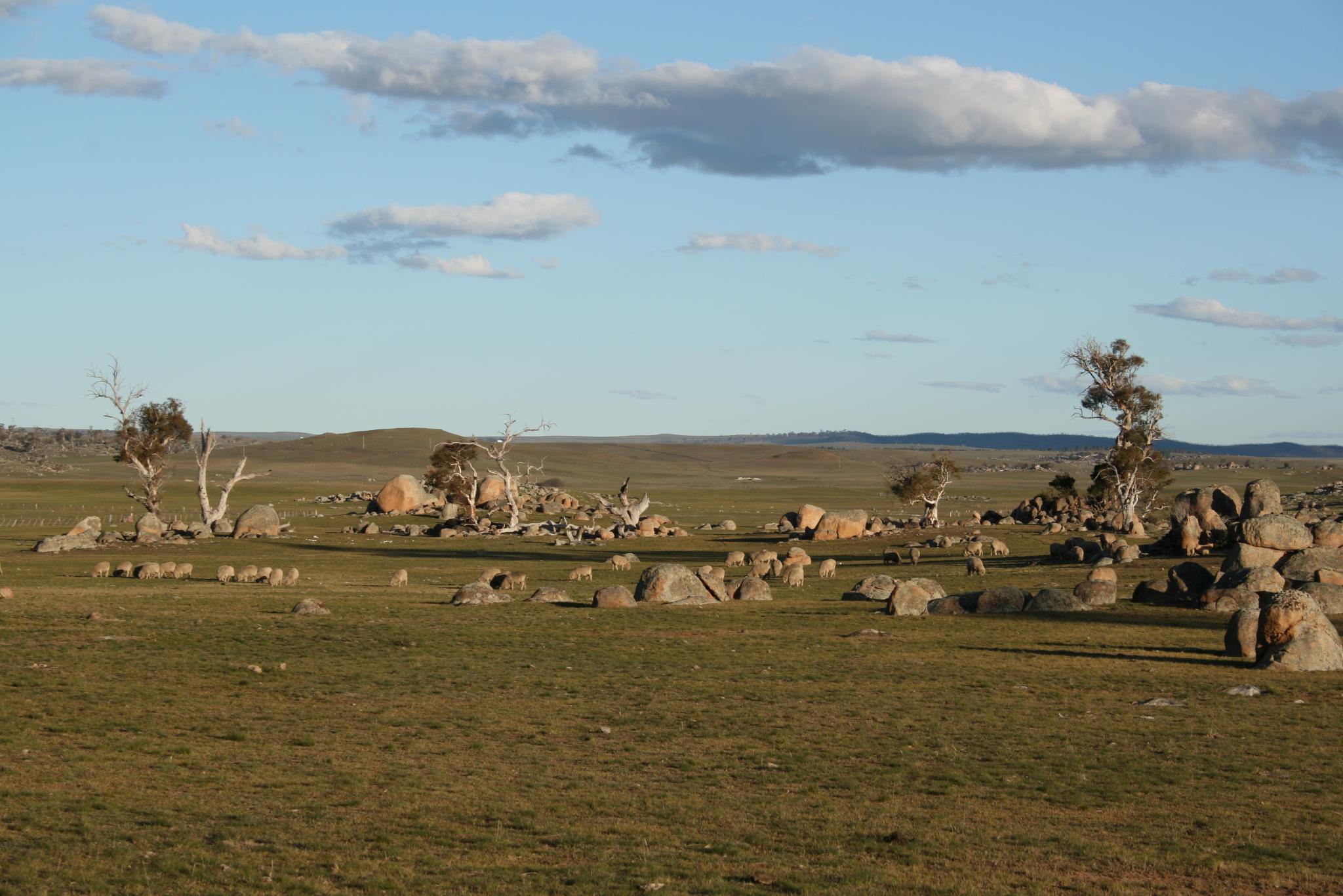Through education, field days and on-ground projects Upper Snowy Landcare works with local landholders to protect and preserve the agricultural and other land on the Monaro.
Home to the Snowy River, an icon of the Australian landscape, Upper Snowy Landcare Network is located in the foothills of the Snowy Mountains. The area covers the towns of Jindabyne, Dalgety, Berridale, Nimmitabel & Cooma which are situated in a highly productive agricultural region. The area also encompasses some of the most threatened native grasslands and woodlands in Australia.

Upper Snowy Landcare Network works on a range of environmental and natural resource management issues. These include tackling the environmentally devastating tree dieback episode on the Monaro; maintaining and restoring biodiversity in our native grasslands; sustainable grazing; managing weeds and pest animals; erosion control; rehabilitating rivers and riparian zones; revegetation and drought management.
The Upper Snowy Landcare is a very active group but has four active groups under its wings; MacLaughlin River Landcare, East Jindabyne Residents Committee, Snowy River Landcare and Jindabyne Community Garden.
Through education, field days and on-ground projects Upper Snowy Landcare Network works with local landholders to protect and preserve our region. If you would like to join our Landcare group or volunteer to help on local projects contact our local Landcare Co-ordinator, Lauren Van Dyke on 0411 402 978. If you would like more detailed and up-to-date information of the USLN projects go to the Upper Snowy Landcare website www.uppersnowylandcare.org.au or find us on Facebook.

Latest News
Projects
This project aims to address the extensive tree dieback phenomenon (within a 5,000 sq km region in SE NSW) that has continued to shock the Monaro region since around 2005. The dieback phenomenon is influenced by many factors but appeared to be initiated by a decade long drought that occurred for most of the 2000’s and which ultimately led to trees being defoliated by the Eucalypt weevil and that was ultimately responsible for tree death. Many thousands of dead (and still dying) trees scar the mostly open landscape. The species most affected is Eucalyptus Viminalis (Ribbon Gum/ Mana Gum) - a most majestic and extremely large tree species that provides many resource values. We intend to tackle the problem of dieback by recreating native vegetation plots (using best practice and locally adapted planting methodologies) on 10 plots in visible locations within the dieback affected area. For two plots we intend to engage an indigenous land manager to perform cool winter burns to encourage natural regeneration.




